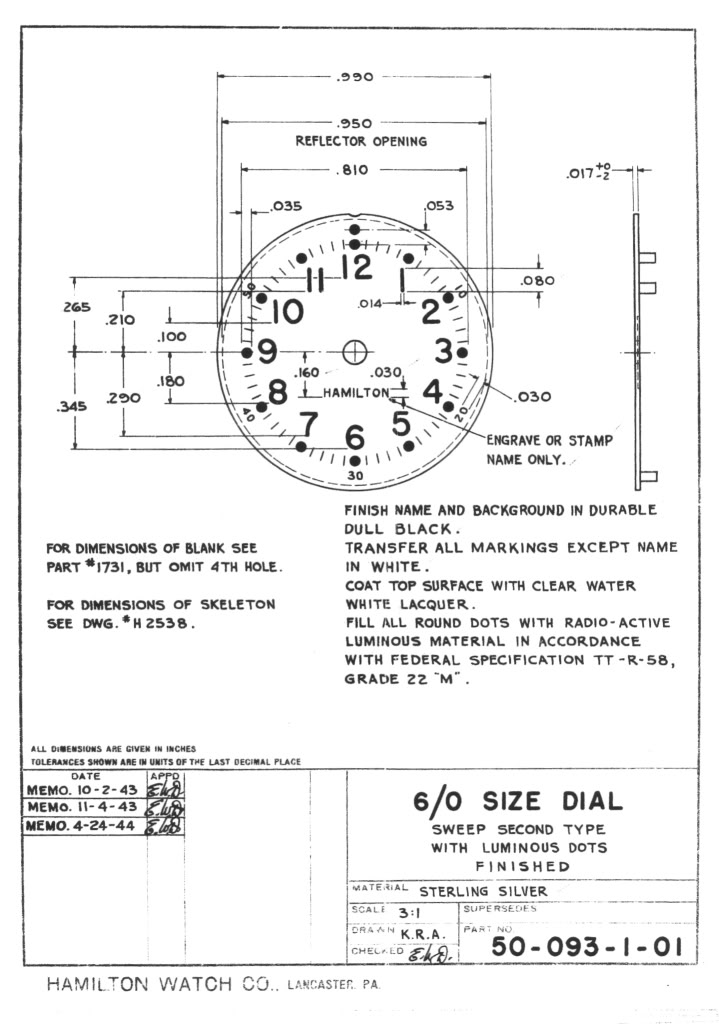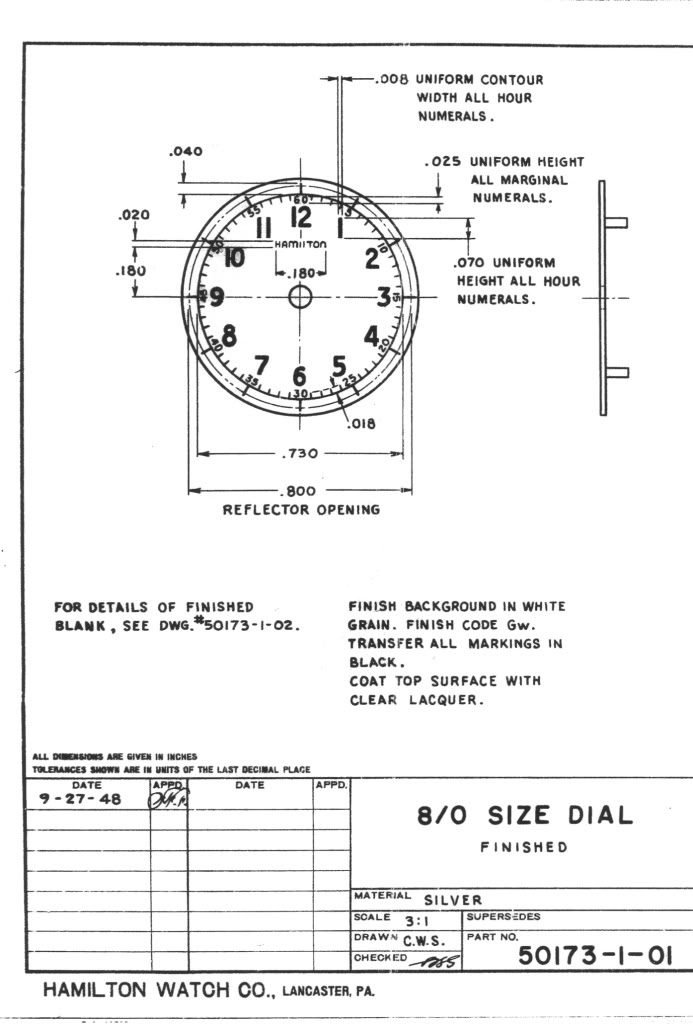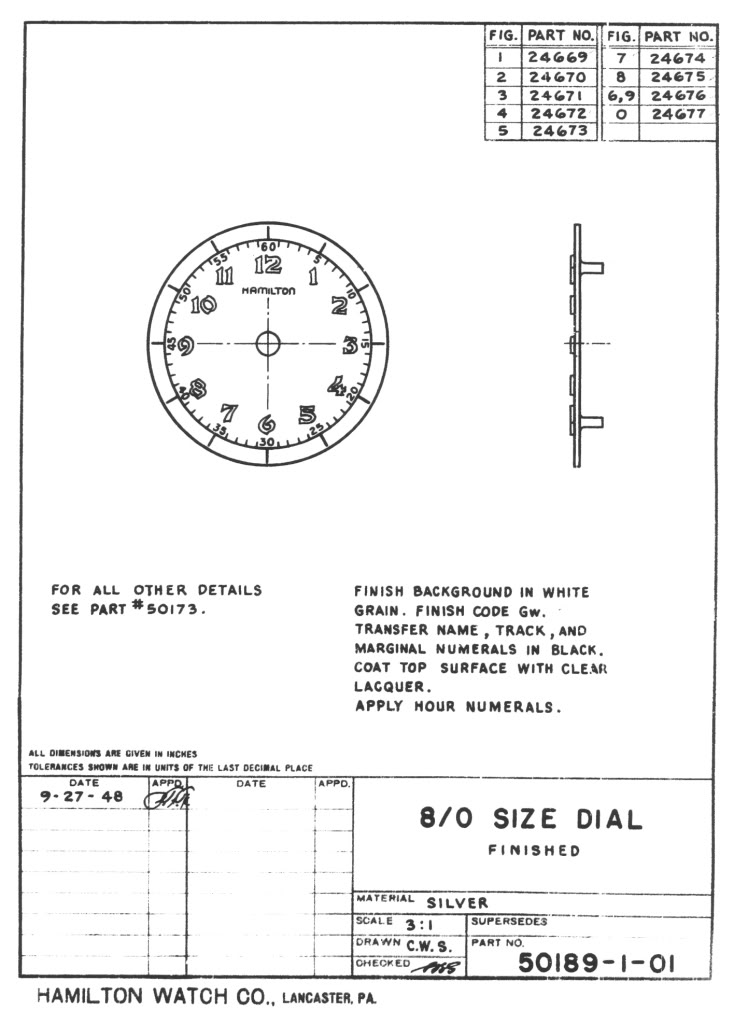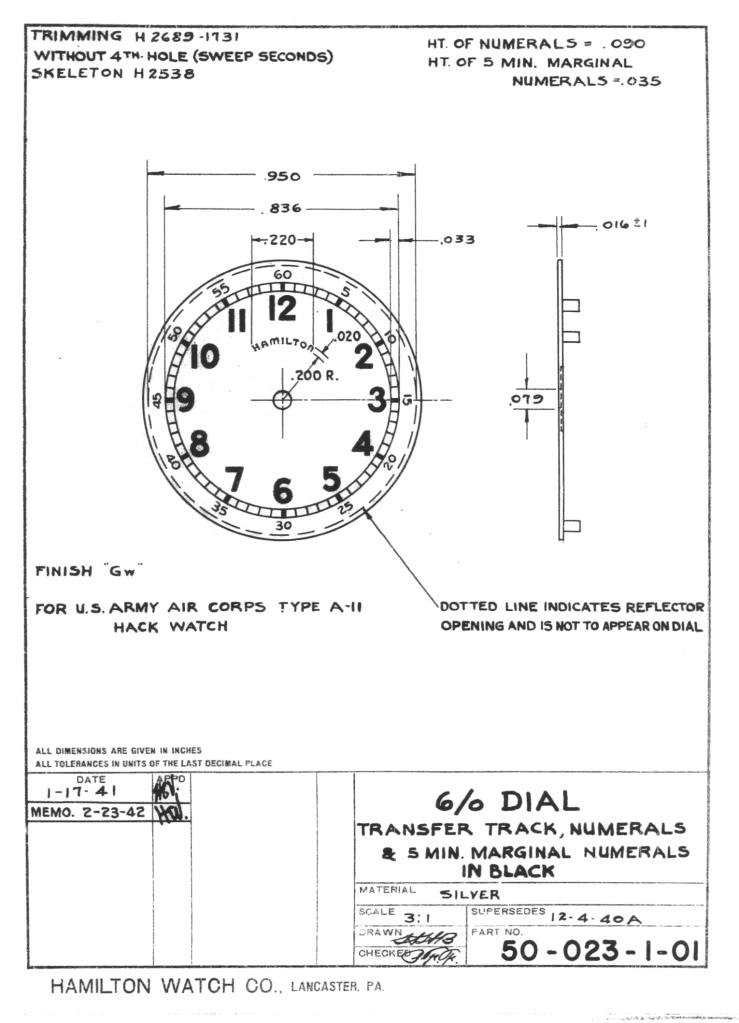Some Hamilton watch collectors feel the term, antique, only belongs to watches as old or older than 100 years. If you believe US Customs Rules should determine how we classify an item as an antique, then someone should have a made your watch in 1918 or before. If you wish to buy or sell a wristwatch as an antique, then perhaps you can use the 100 year test as the “standard”. One one problem exists: companies rarely made wristwatches in 1918.
I read a magazine article that used the term, antiquated, to label something an antique. Another publication went with the fall-back Latin word, antiques, which means old or ancient. I find using those terms troubling since within a commercial context, they would not apply to generally accepted norms.
Then again, we might get some traction using the “two generation” rule. That would suggest 80 years if a generation consisted of four decades. In the cases of baby-boomers, the Silent Generation or Generation X, then a generation only covers about 20-25 years. Would one consider a watch made in the 1960’s an antique? Nah.
The decades between the World Wars saw the development and acceptance of wristwatches. Usually, manufacturers made wristwatches with a gold case (back, sides and bezel) and a 15 to 17 jewel movement. For collecting purposes, I consider Hamilton watches made between 1927 and 1948 as true vintage watches, not necessarily antiques. (I don’t consider running pocket watches made after 1900 antiques either, but that’s a standard I set for me.)
I have started posting spec sheets of dials to help in identifying vintage watches. The first of those cover military watches with mechanical movements. Hopefully, you will find this information useful.







Copyright 2006-2017 | All Rights Reserved
